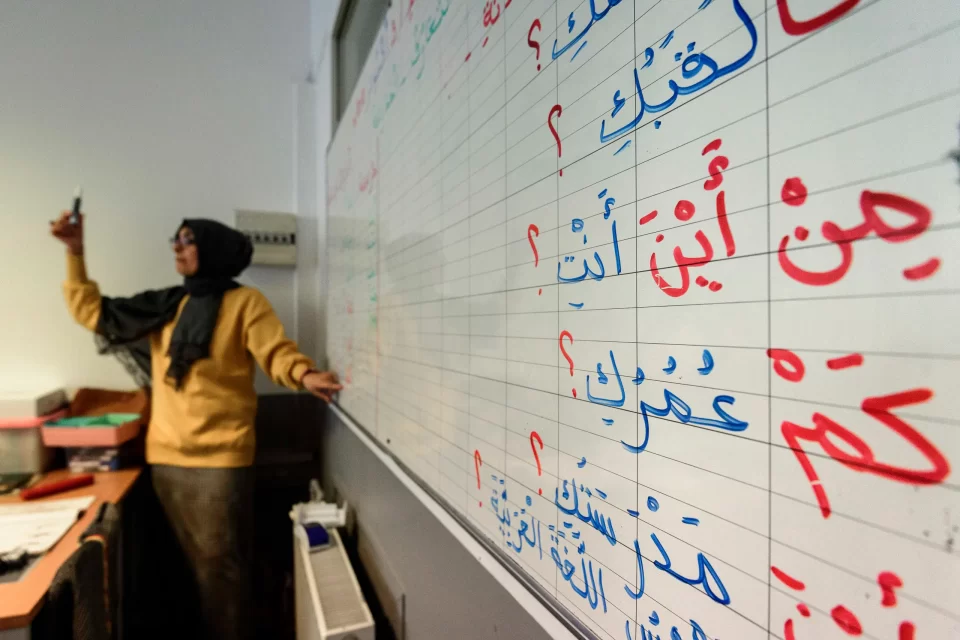A video circulated online recently caused an uproar in Egypt, with religious supporters and adherents vocally debating the veracity of their positions. The video featured a veiled woman dancing among her friends on a boat. The woman was a teacher who was part of a social gathering.
Enjoying an innocent pastime, she was unaware of the severe criticisms directed at her and the dire consequences she faced. Her husband divorced her, and she was fired from her job but reinstated following the public outcry.
The rationale for this severe punishment was from a cacophony of voices who declared that her actions were incongruent with the teaching profession.
A teacher is a role model we were told and should behave within the strict confines of their role. This teacher’s swaying to the music breaches an unspoken and unannounced moral code, and accordingly, she should face the repercussions.
This teacher attended an event in her spare time with no students present. However, those facts didn’t deter the naysayers from hurling abuse at the poor woman.
This ridiculous story reminded me of an incident during my childhood.
When I was around seven, I remember waking up one morning to the sizzling sound and fragrant smell of potatoes frying in the kitchen. I ran as fast as I could to get my hands on as many fries as I could before my sisters got a whiff of this treasure.
To my surprise, I found another woman in our kitchen helping herself to our fries. She happened to be one of my school teachers. My mother had befriended her without my knowledge. In my mind, a teacher only existed inside the classroom.
She shouldn’t have a life outside the school because a teacher is a teacher and can’t possibly be a woman. Faced with this, I couldn’t respond to my teacher’s greetings and retreated to my bedroom until she left.
People existed within their carefully designed roles created to cater to my needs for my seven-year-old self. As soon as they fulfilled them, these people slipped into an ether. My awareness, my consciousness, created the world around me, and I was at the very center. As I grew older, I learned that people play multiple roles and are multifaceted. Most importantly, I realized that I was not the center of the world, and my perceptions didn’t constitute it.
I recalled this incident as I was closely following the ordeal of the Mansoura teacher. The woman was catapulted to notoriety for the simple fact of having fun with her friends. The question that her numerous supporters asked was: What did she do exactly? The answer, of course, is nothing. She did nothing wrong. The more pressing question needing asked is: Can we, as a society, combine the notion of a teacher and woman as two faces of the same coin?
I believe the dancing teacher’s controversy doesn’t concern the poor woman scapegoated on the altar of high morals. The deeper issue is affecting us and our juvenile understanding. It involves our inability to concede that a woman who enjoys dancing – a feminine activity par excellence – can have the authority to teach. We keep dogmatic stereotypes separate. A teacher is a respected figure, but a dancer is a seducing temptress, and worse, a dancing teacher is an open invitation to corrupt the youth. How can young minds fathom that a teacher is a woman?
Of course, the pure archetypes aren’t solely reserved for the teaching profession but extend to all occupations.
Nevertheless, we can be permissive of a philandering politician or a flirtatious university professor if they were men.
For women, we have a different stick by which we measure things. A woman is requested to conceal her femininity and hide under the cloak of her profession. A woman is a professional first and a female second. The role takes precedence over her life until she becomes imprisoned by it. So perhaps sometimes, if you can’t find it within yourself to cheer her on as she dances, look the other way until the dance is over.

